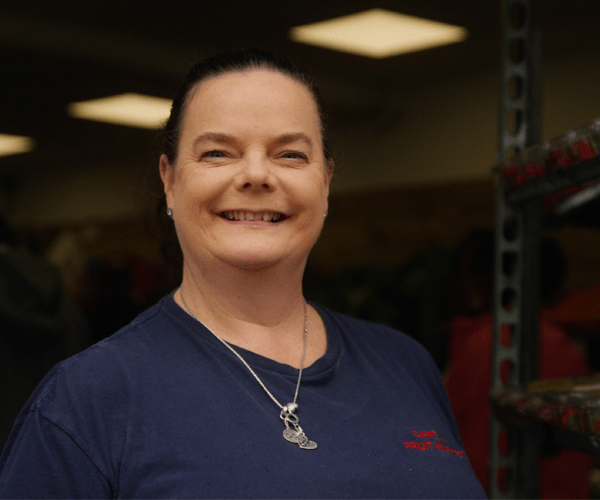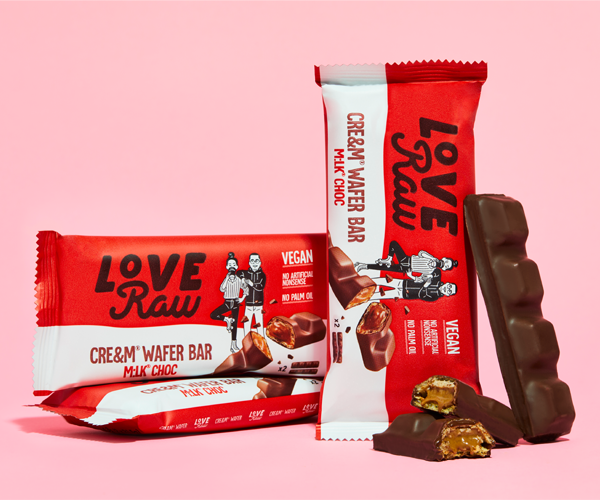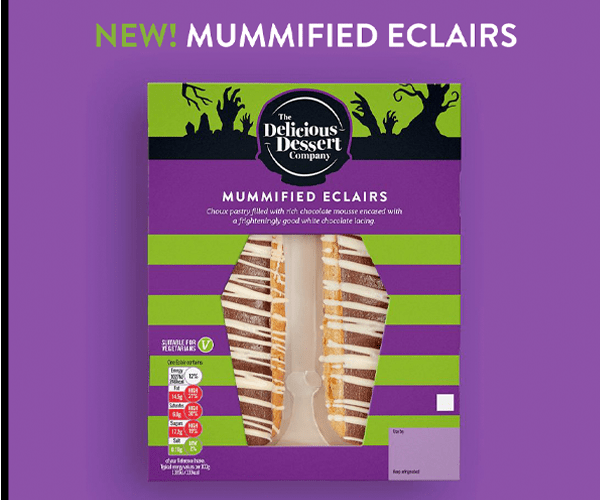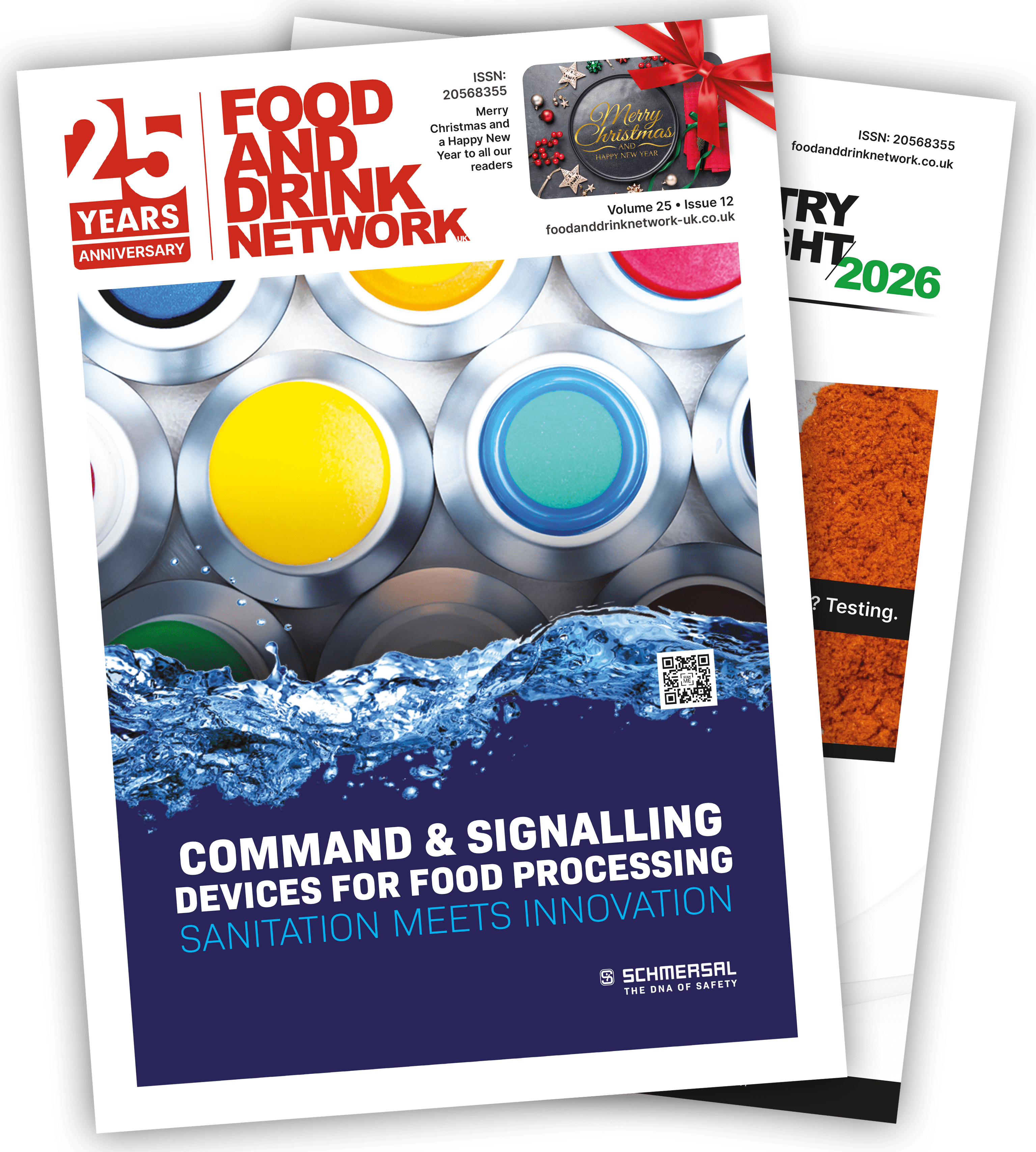Joanne
9/11/2025 8:11:13 AM
4 mins read
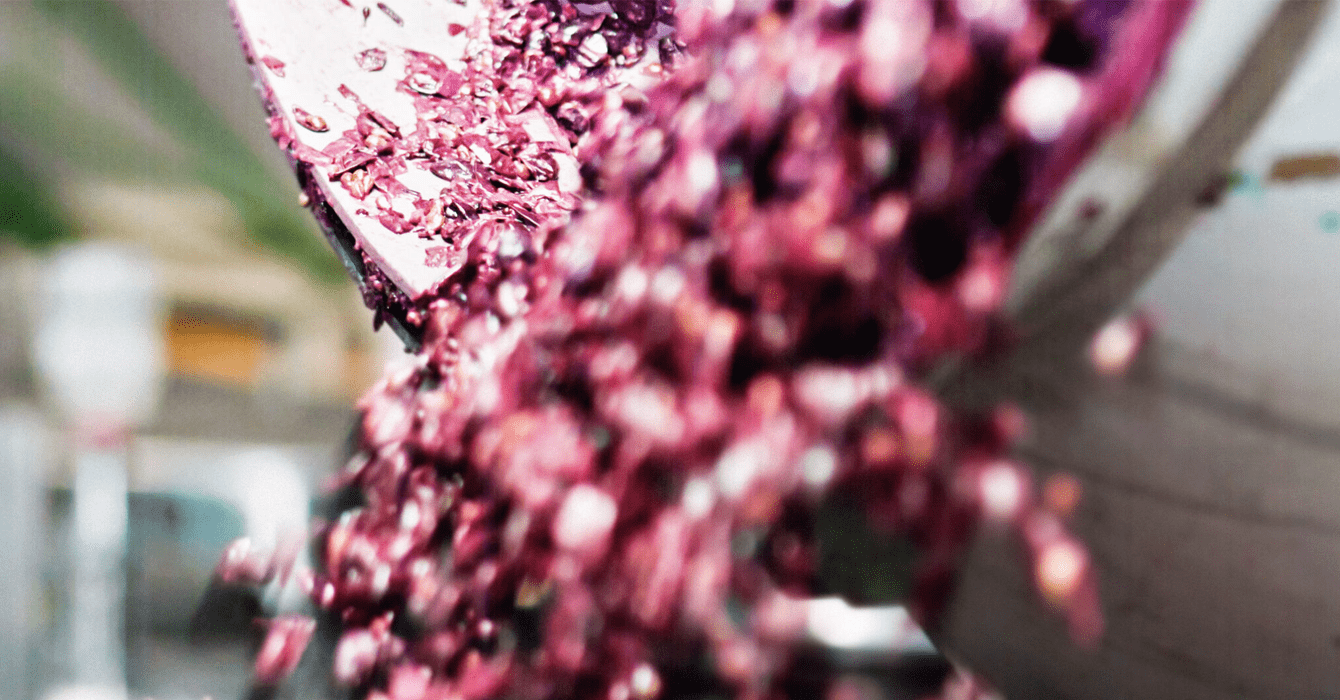
Technical developments offer transformative ways to upcycle food and beverage by-products and tackle food loss, but real-world implementation challenges are holding manufacturers back.
According to experts at R&D consultancy Sagentia Innovation, advances in techniques such as bioprocessing and extraction could drive greater conversion of by-products into high-value ingredients and product lines. Yet despite the possibilities, many by-products are still treated as waste or directed to low-value applications such as animal feed or biogas.
As well as creating new revenue streams, upcycling offers one of the most accessible ways for food and beverage companies to demonstrate measurable progress on sustainability. So, the relative lack of uptake leaves significant commercial and sustainability value untapped.
Dr Justin Weeks, a Consultant at Sagentia Innovation, says that while there are some impressive examples of upcycling in the food and beverage sector, they tend to be isolated or one-off. Many manufacturers find it hard to achieve viability and feasibility at scale.
“There are a lot of factors to consider when devising an enduring, large-scale upcycled product strategy,” Weeks explains. “Identifying suitable by-products and relevant upcycling opportunities is one part of the equation. It’s also important to build a strong commercial case and assess the market size and appetite for upcycled products. Much of the time, specialist processes or technologies will be needed, and it may be more effective to collaborate with expert partners rather than trying to handle everything in house.”
The urgency of food loss reduction is escalating. United Nations Sustainable Development Goal target 12.3 on Food Loss and Waste calls for industry to reduce food losses along production and supply chains. Yet progress is slow. Champions 12.3, a multi-stakeholder coalition advocating for action on the target, has said the ‘world is lagging’ and urges industry to identify at least one food loss or waste hotspot that they can do something about, and then do it.
With this in mind, Dr Weeks and his colleague Dr David Nightingale, Vice-President Food and Beverage at Sagentia Innovation, have devised a practical model to pinpoint upcycling opportunities that are both viable and sustainable. Rooted in scientific, technical, and sector-specific insights it encapsulates a process for assessing food and beverage by-products then matching them with appropriate upcycling applications. Commercial factors, technology considerations, and other important matters are built in.
“The cornerstone of the model is a detailed checklist for auditing and identifying target by-products,” says Nightingale. “This includes considering what processes they have been through, their composition and nutritional content, as well as food safety factors like moisture levels and the presence of allergens or contaminants such as acrylamide. To build an accurate commercial model, it’s also important to understand by-product management strategies that are already in place. For example, does disposal currently incur costs, or do existing end-use applications generate revenue.
“Once these factors have been established, it’s possible to develop a robust by-product strategy that minimises food loss and maximises business value. Sometimes the best outcome might be to reprocess the by-product in the core product. On the other hand, there may be viable opportunities to create new products or ingredients that unlock lucrative revenue streams.”
The by-product valorisation model is detailed in Sagentia Innovation’s whitepaper Food waste upcycling: from ambition to action which is available to download free of charge here.
